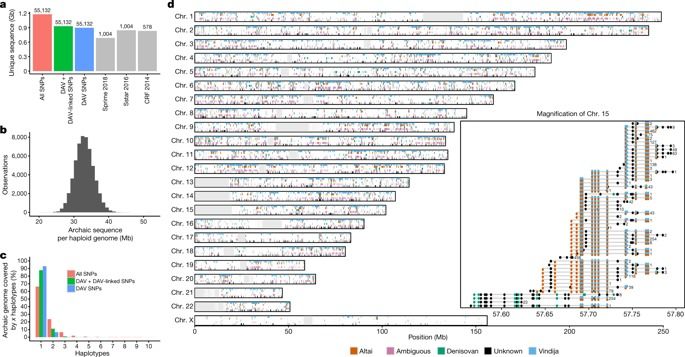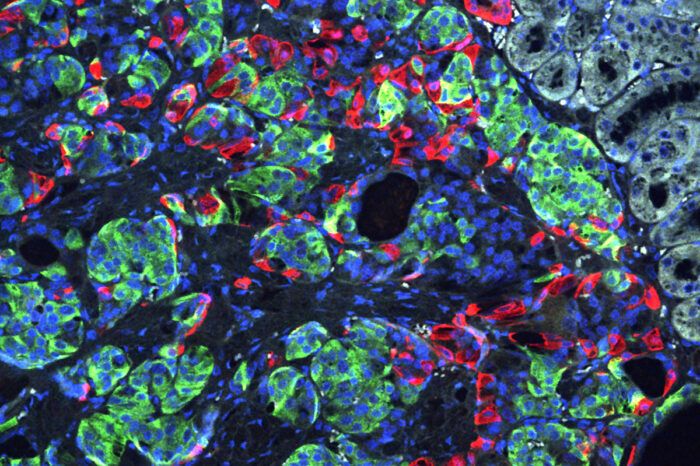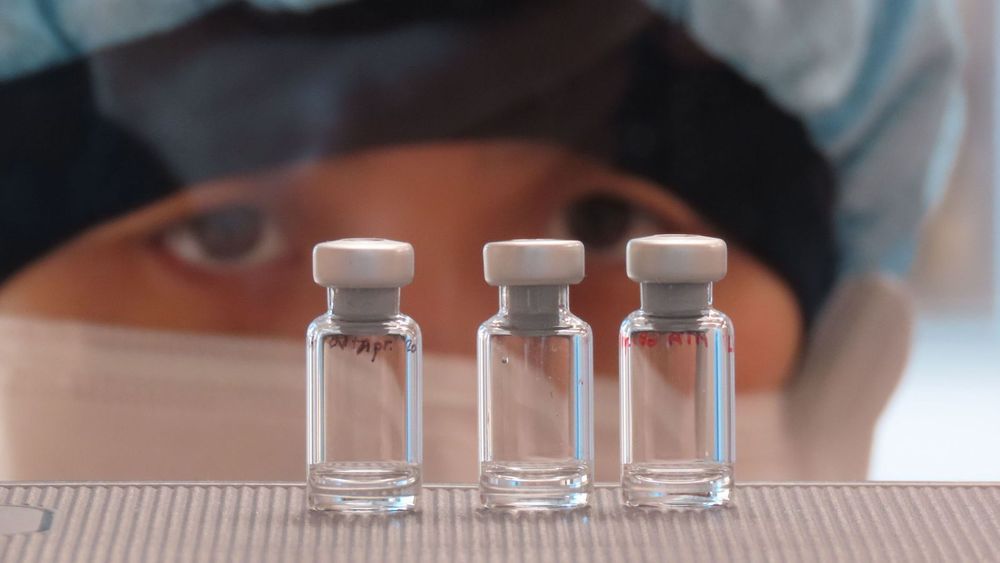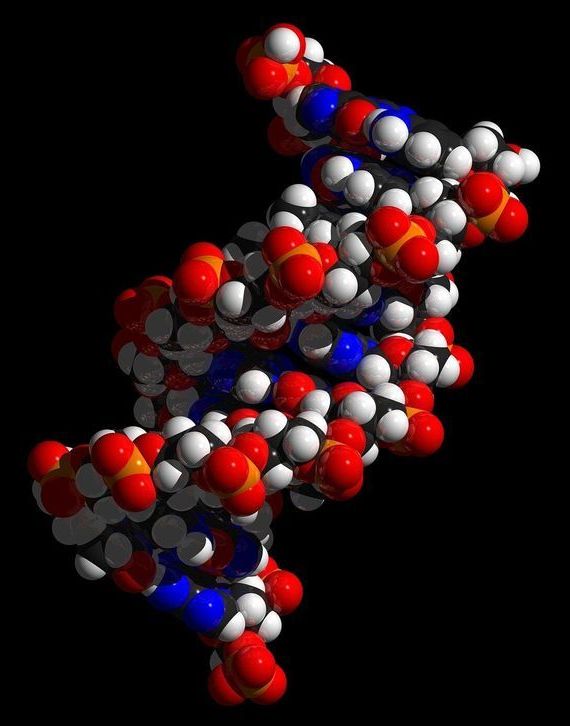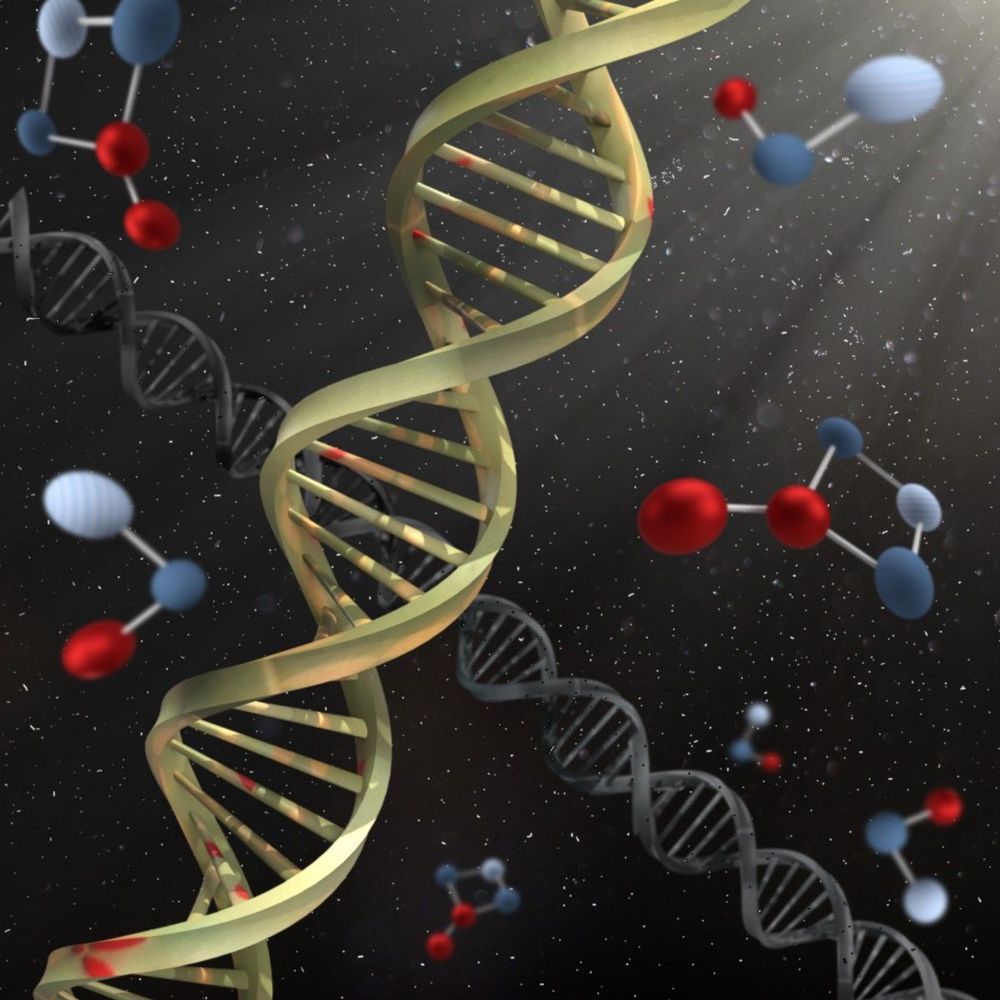Human evolutionary history is rich with the interbreeding of divergent populations. Most humans outside of Africa trace about 2% of their genomes to admixture from Neanderthals, which occurred 50–60 thousand years ago1. Here we examine the effect of this event using 14.4 million putative archaic chromosome fragments that were detected in fully phased whole-genome sequences from 27,566 Icelanders, corresponding to a range of 56,388–112,709 unique archaic fragments that cover 38.0–48.2% of the callable genome. On the basis of the similarity with known archaic genomes, we assign 84.5% of fragments to an Altai or Vindija Neanderthal origin and 3.3% to Denisovan origin; 12.2% of fragments are of unknown origin. We find that Icelanders have more Denisovan-like fragments than expected through incomplete lineage sorting. This is best explained by Denisovan gene flow, either into ancestors of the introgressing Neanderthals or directly into humans. A within-individual, paired comparison of archaic fragments with syntenic non-archaic fragments revealed that, although the overall rate of mutation was similar in humans and Neanderthals during the 500 thousand years that their lineages were separate, there were differences in the relative frequencies of mutation types—perhaps due to different generation intervals for males and females. Finally, we assessed 271 phenotypes, report 5 associations driven by variants in archaic fragments and show that the majority of previously reported associations are better explained by non-archaic variants.
